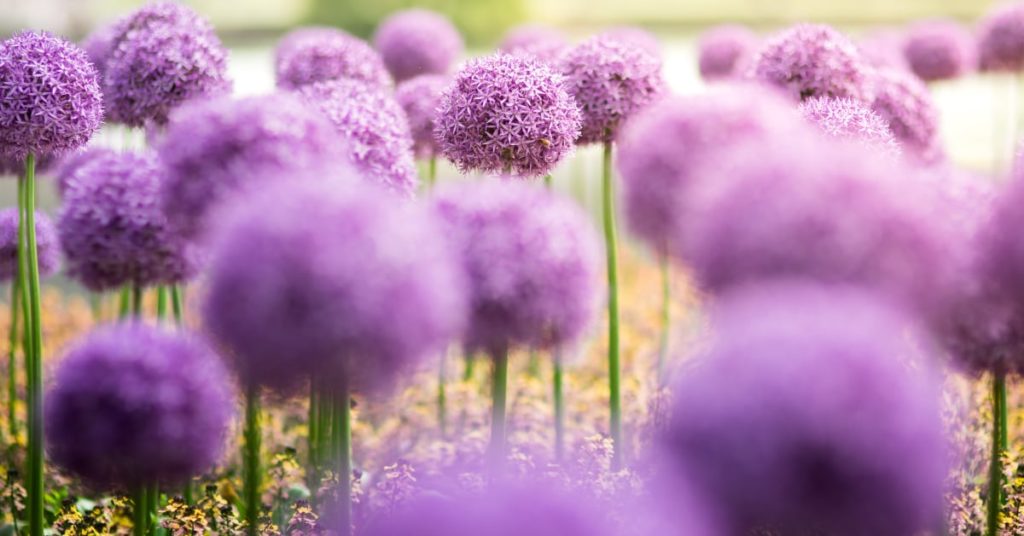13 Aug Depth of Field: What Is It & How to Leverage It on Social
In order to take great photos for social media, it’s essential to understand how your camera works. Knowing how shutter speed, ISO and aperture affect your images is going to result in you having more control and, in turn, taking better photos for your brand. This post will focus on how the last of those settings – aperture – affects depth of field, what that is, and how to use it to your advantage in your social media photography.

What Is Depth Of Field?
Before we begin to understand depth of field, let’s take a moment to talk about your camera’s lens. Within your lens, there are aperture blades that work together to form a circular opening, also known as the aperture. When you open these blades to create a larger circle within your lens, you will let more light into your camera for a given shutter speed. Conversely, if you close these blades to form a smaller circle, you will be letting in less light for a given shutter speed. That being said, the size of your aperture’s opening affects more than just the amount of light coming into your camera, and here’s where we get into depth of field.
A smaller aperture will produce a longer depth of field, meaning that more of your image – from foreground to background – will be in focus. Again conversely, a larger aperture will create a shallower depth of field, meaning that only a sliver of your image – from front to back – will be in focus. Below, the example on the left was shot with a small aperture, producing a long depth of field, and you can see that the gnome and the background are both in focus. Alternatively, the shot on the right was created using a large aperture, which resulted in a very shallow depth of field, leaving the gnome in focus but obscuring the background.


How to Leverage Depth of Field On Social
So, now that you have an idea of what depth of field is, let’s discuss how to use it to your benefit when creating social media content.
Keeping Everything Sharp

- When shooting flat lays – a very commonly employed technique on social – it’s best to make sure that everything is sharply in focus. As the subject matter is almost always stationary, a tripod is often used to capture this type of content, allowing you to make your aperture smaller and your shutter speed longer to get the proper exposure. The smaller aperture will give you a longer depth of field, ensuring that every element in your meticulously composed flat lay is crystal clear.
- Photos of large groups of people, or other busy scenes with a lot going on, can be difficult to shoot. Composing these high-commotion shots can be hard enough, without having to worry about getting everything in focus. To be sure not to leave anyone (or anything) fuzzy, decrease the size of your aperture to lengthen your depth of field, effectively keeping the entire scene sharp as a tack.
Isolating Subject Matter

- Now, sometimes when capturing content for social, you want to expressly avoid certain elements of a scene while still capturing others. For instance, if you’re shooting an event, and there’s a phenomenal subject in front of you, but the background is busy and distracting, you can still get the shot you want, simply by adjusting your aperture – effectively manipulating your depth of field. Increasing the size of your aperture to its maximum setting will give you the shallowest possible depth of field, allowing you to isolate the subject of interest and simultaneously obscure the pesky, unwanted background elements.
- This technique is especially useful and aesthetically pleasing for portraiture and video. Reducing your depth of field by increasing the size of your aperture can turn a snapshot into a work of art, or a home video into a serious production. It’s a simple adjustment, but the results will surely impress your audience.
Well, there you have it. That’s an explanation of what depth of field is and how you can leverage it to the advantage of your social media content. We hope this was helpful, but always be sure to explore all of our offerings for more handy information and assistance!







